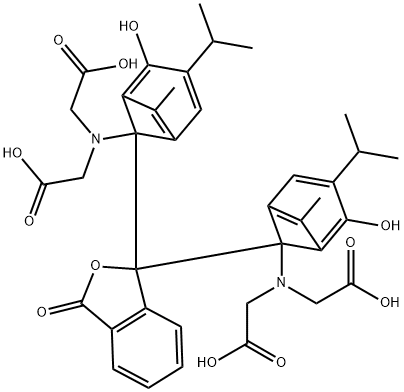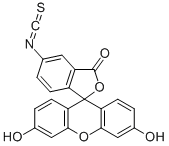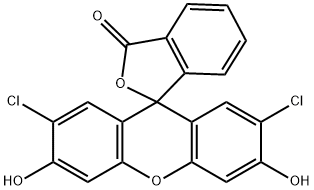A1252712
tert-Butyl ethyl ether , 97% , 637-92-3
CAS NO.:637-92-3
Empirical Formula: C6H14O
Molecular Weight: 102.17
MDL number: MFCD00009225
EINECS: 211-309-7
| Pack Size | Price | Stock | Quantity |
| 25ML | RMB164.00 | In Stock |
|
| 100ML | RMB407.20 | In Stock |
|
| 500ML | RMB2006.40 | In Stock |
|
| others | Enquire |
Update time: 2022-07-08
PRODUCT Properties
| Melting point: | −97 °C(lit.) |
| Boiling point: | 72-73 °C(lit.) |
| Density | 0.742 g/mL at 25 °C(lit.) |
| vapor pressure | 155 mm Hg ( 25 °C) |
| refractive index | n |
| Flash point: | -19 °C |
| storage temp. | Store below +30°C. |
| solubility | water: soluble1.2 g/100g at 20°C(lit.) |
| form | Powder/Solid |
| color | White |
| explosive limit | 1.23-7.7%(V) |
| Water Solubility | Miscible with alcohol, ethyl ether. Slightly miscible with water. |
| Merck | 14,3774 |
| BRN | 1731469 |
| Exposure limits | ACGIH: TWA 25 ppm |
| Stability: | Stable, but may react with air to form peroxides. Once opened, store under an inert atmosphere and test for the presence of peroxides before use. Highly flammable. Incompatible with strong oxidizing agents. |
| InChIKey | NUMQCACRALPSHD-UHFFFAOYSA-N |
| Surface tension | 19.73mN/m at 298.15K |
| CAS DataBase Reference | 637-92-3(CAS DataBase Reference) |
| EPA Substance Registry System | Ethyl tert-butyl ether (637-92-3) |
Description and Uses
tert-Butyl ethyl ether is used as an oxygenate gasoline additive oxygenate during its production from crude oil. It is used as an extractant in human urine by using single-walled carbon nanotubes as an adsorbent. It plays an important role as a fuel component in petrol to enhance its octane rating.
Safety
| Symbol(GHS) |   GHS02,GHS07 |
| Signal word | Danger |
| Hazard statements | H225-H336 |
| Precautionary statements | P210 |
| Hazard Codes | F,Xi |
| Risk Statements | 11-36/38-67 |
| Safety Statements | 16-26 |
| RIDADR | UN 1179 3/PG 2 |
| WGK Germany | 1 |
| RTECS | KN4730200 |
| F | 23 |
| TSCA | Yes |
| HazardClass | 3 |
| PackingGroup | II |
| HS Code | 29091990 |
| Hazardous Substances Data | 637-92-3(Hazardous Substances Data) |





